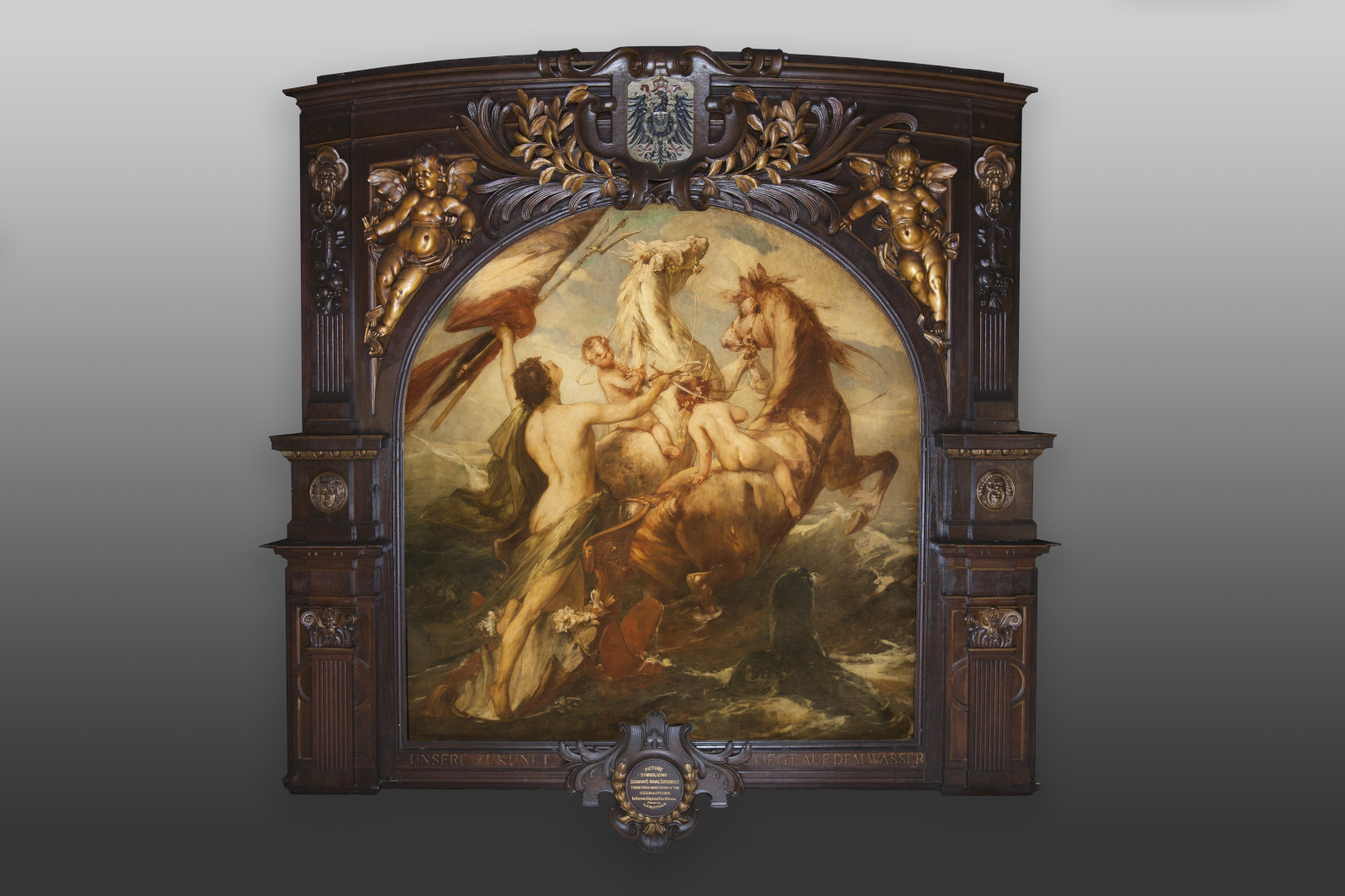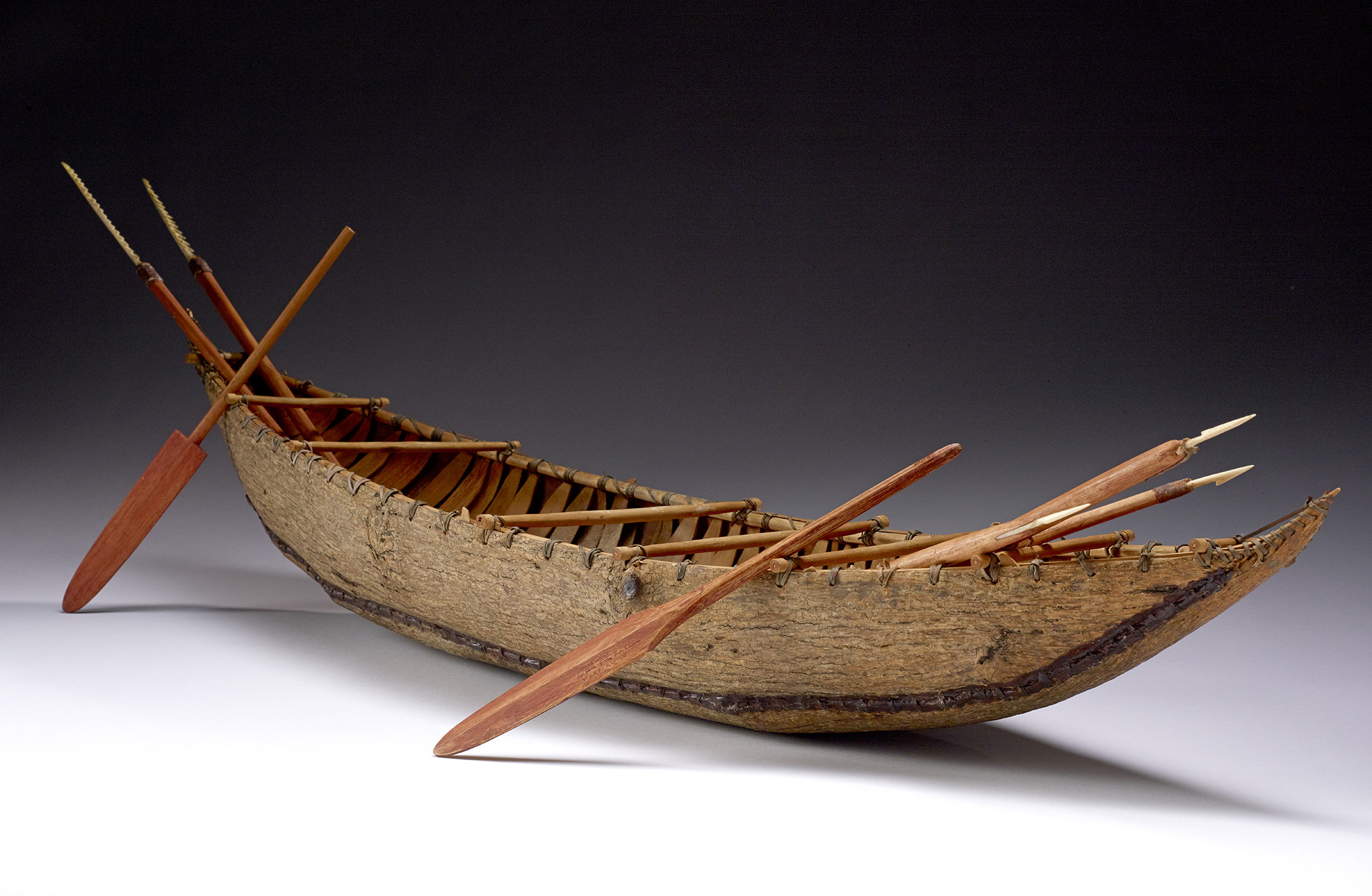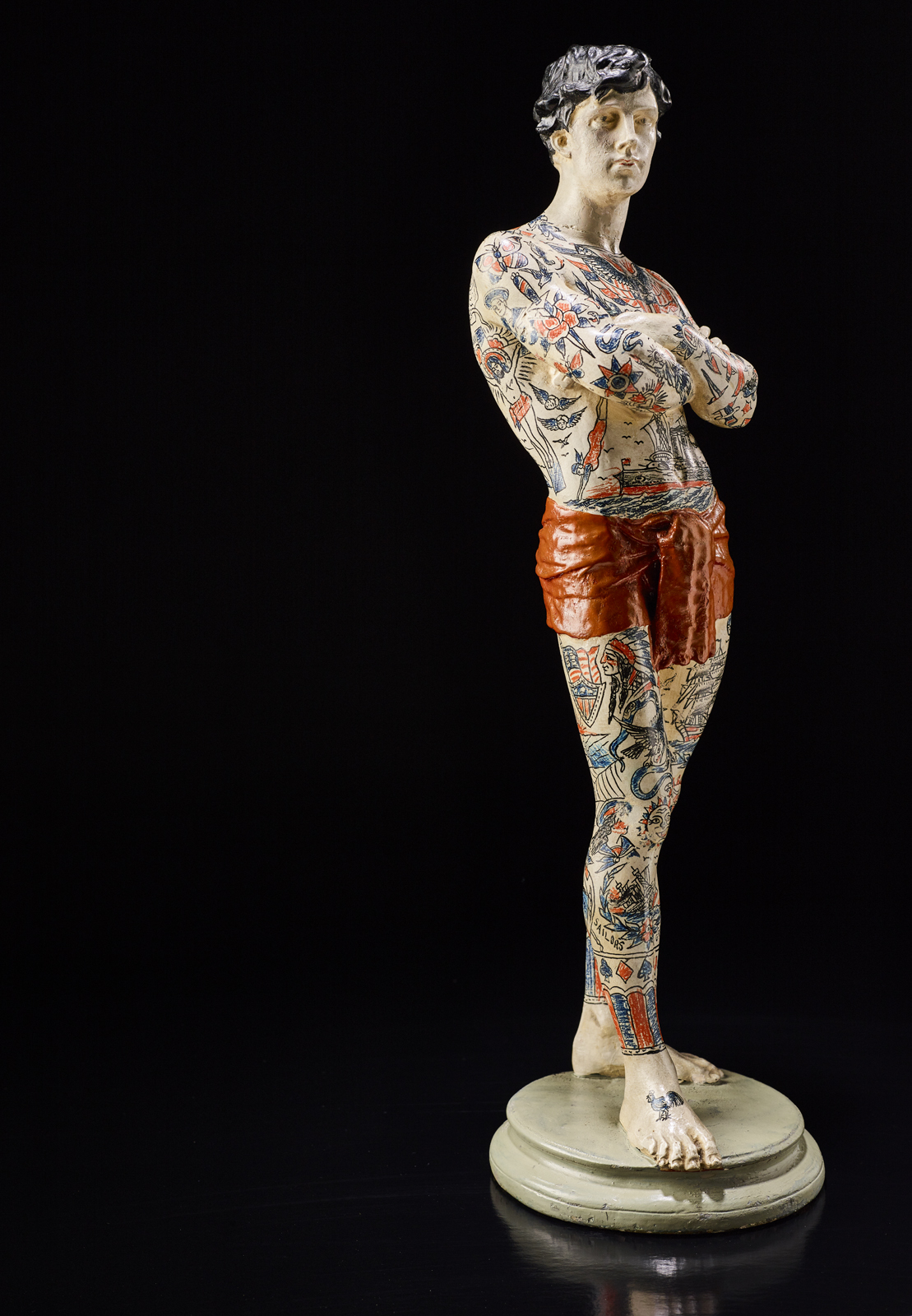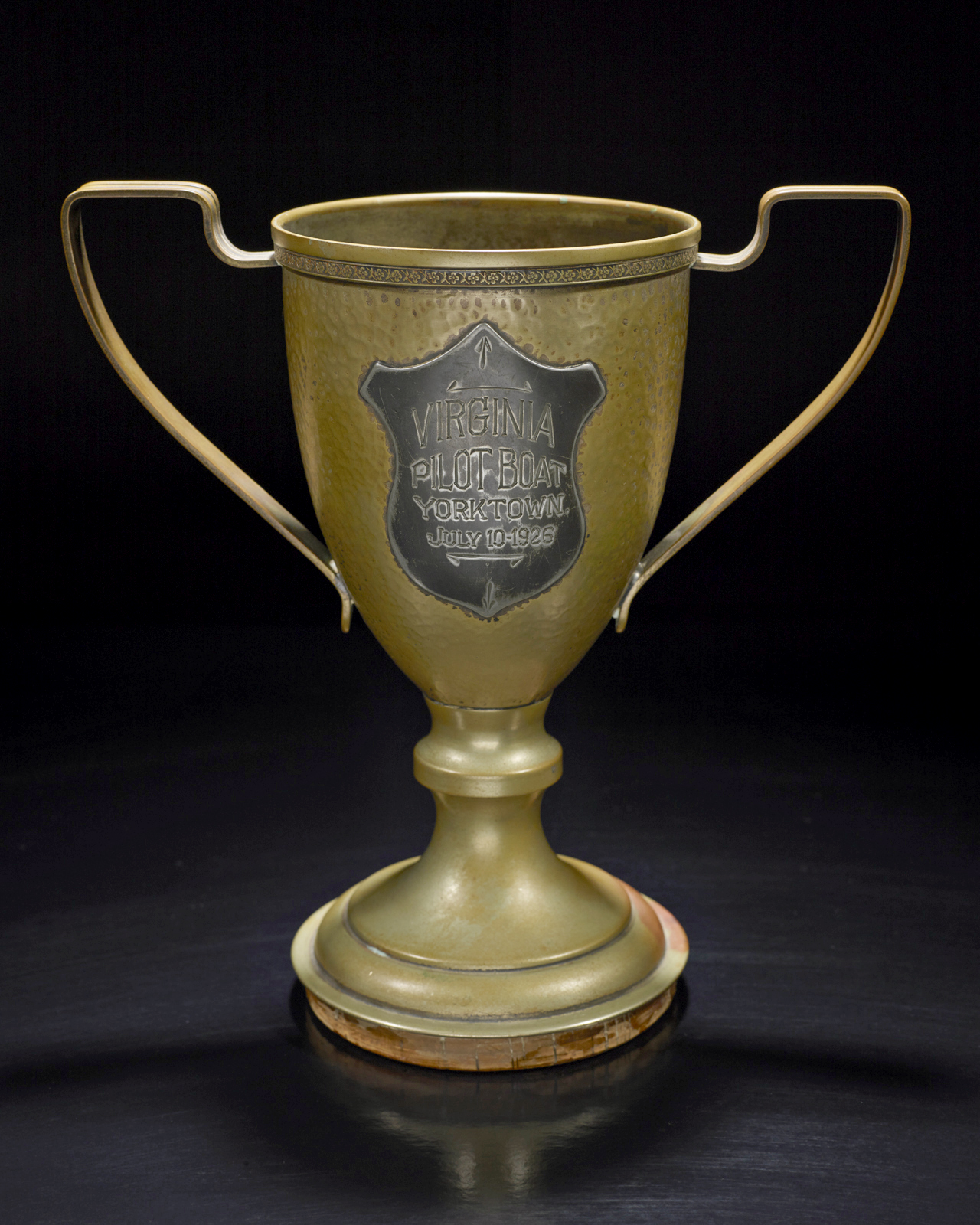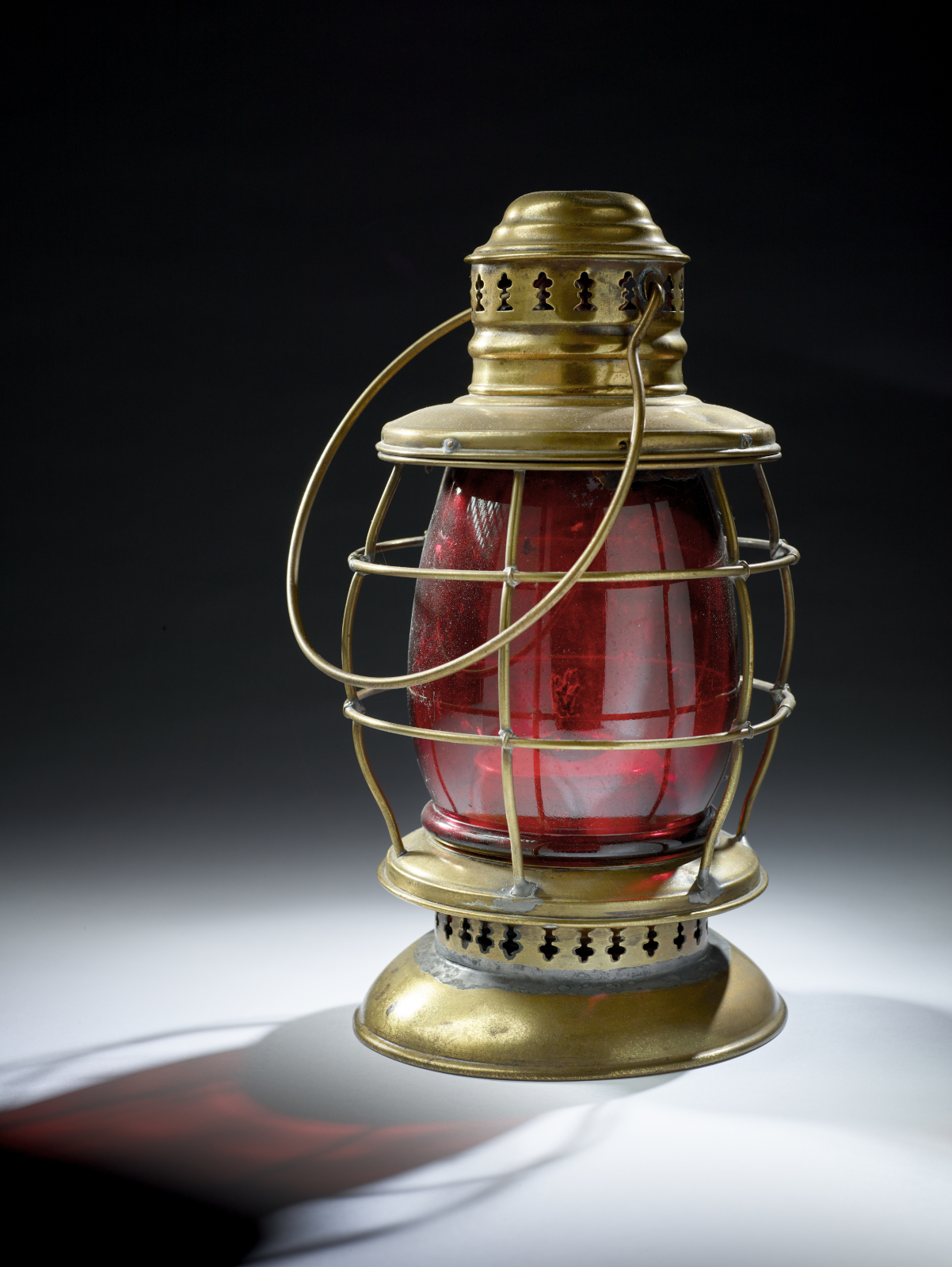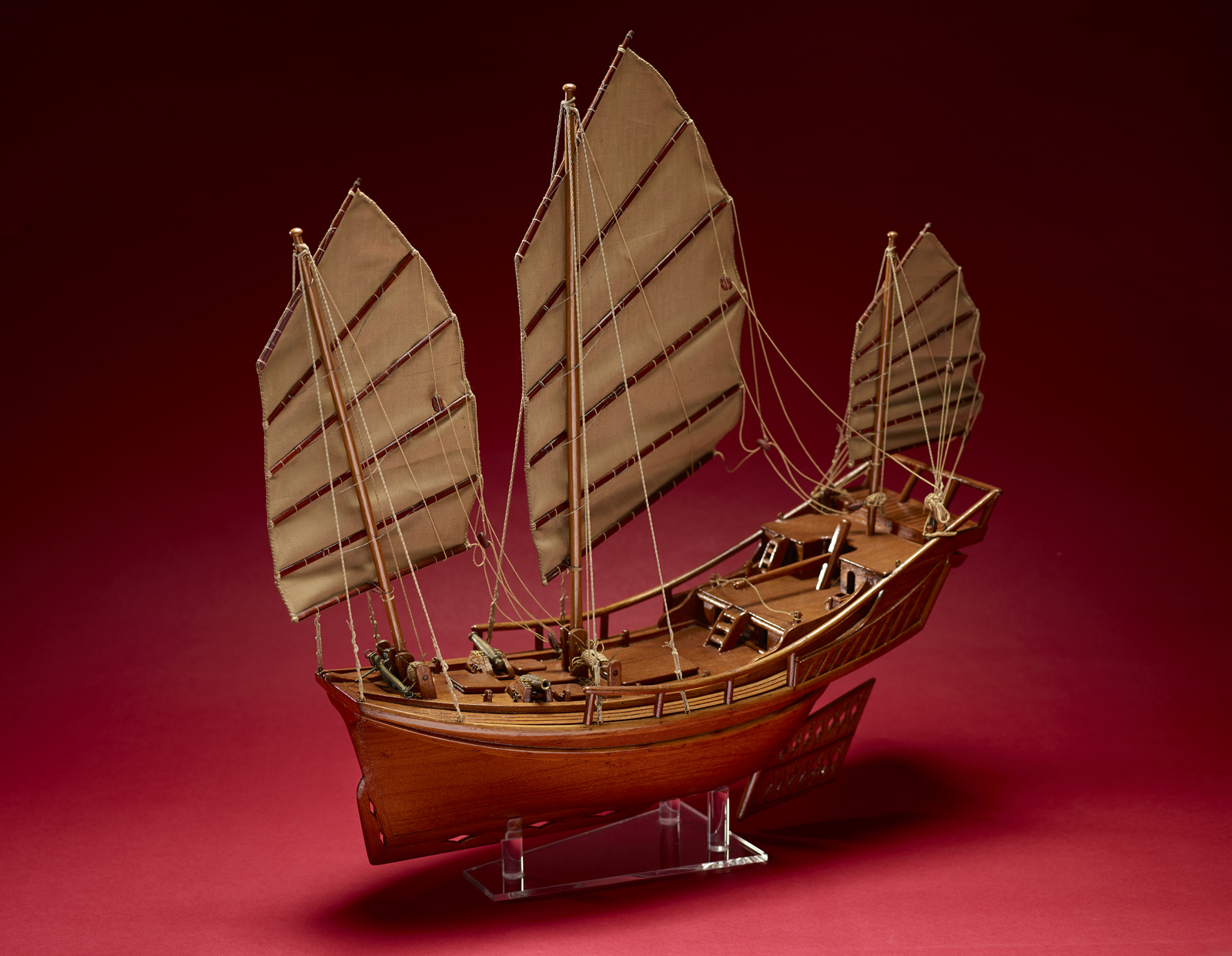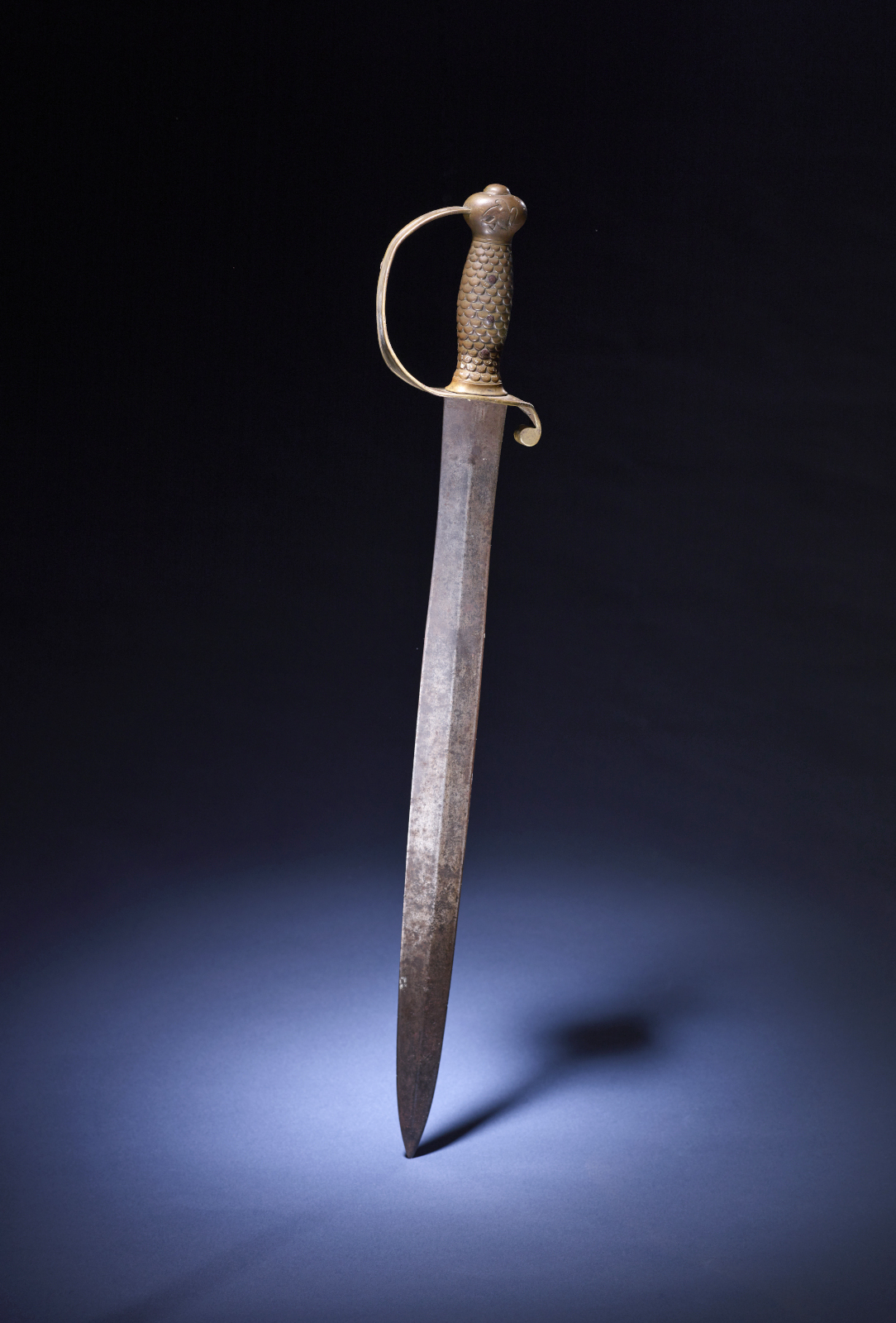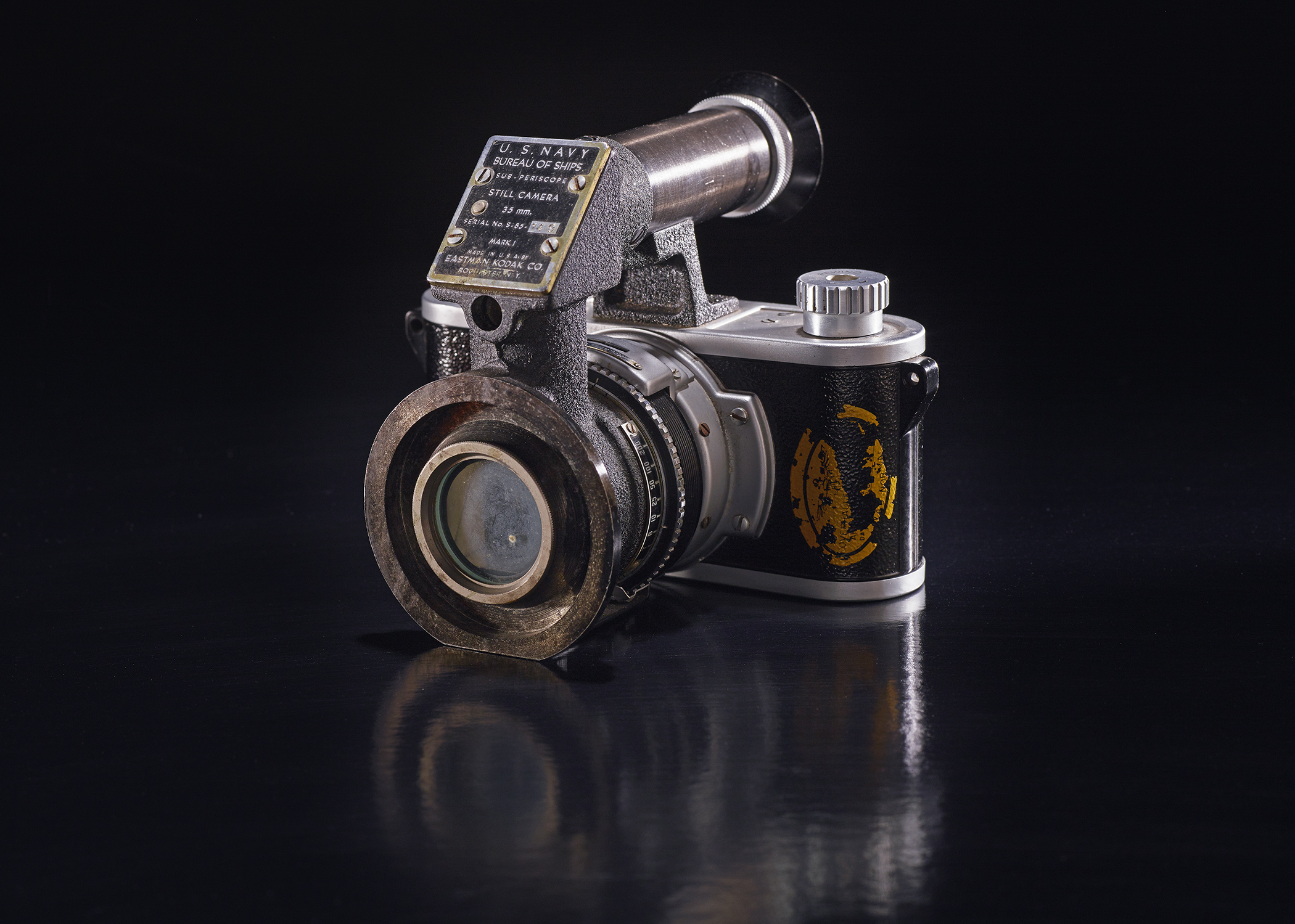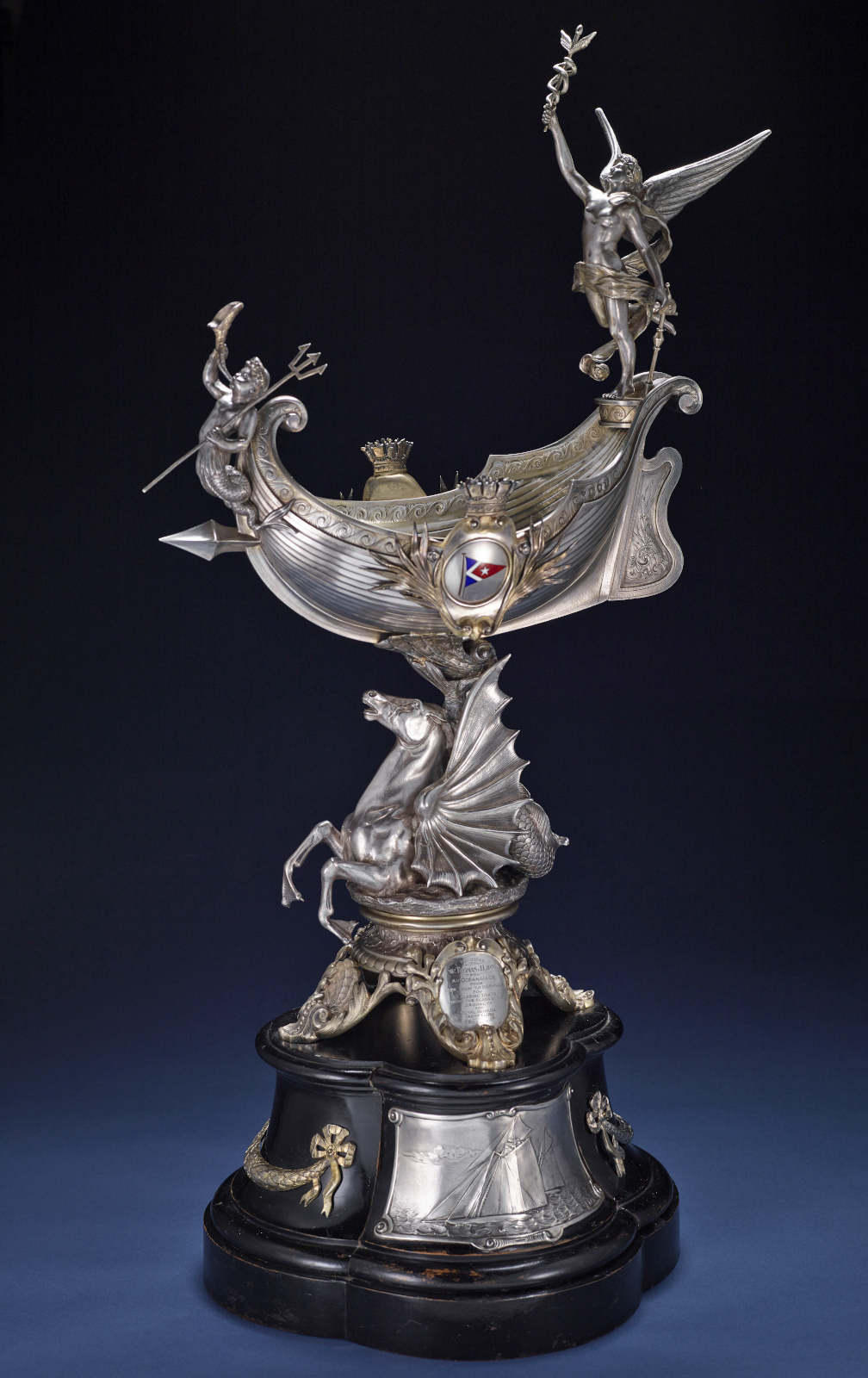I was going to come up with some witty lyrics; I swear I was, but it was too tough!
I’m fortunate. Sometimes it takes a pandemic to remind yourself of all the things for which you are grateful. For one, I am thankful that I get to photograph a collection as broad and as deep as that of The Mariners’ Museum. I miss my studio terribly, and I cannot wait to get back to taking photos of some spectacular artifacts. In the meantime, I’ve been taking a look back through some of my favorite images. I love some of these photos because of the object itself. Others I love because they represent breakthroughs in my photographic process. Some I love just because I think they look cool! Here are my ten favorite artifact photos from the last four and a half years.
Note: If you would like more information on any of these artifacts, click the photo for a link to the catalog record.
Number 10:
Some artifacts are my favorite because they presented me with a challenge. Very few have been quite as challenging as the painting entitled Our Future Lies Upon the Water by German artist Arthur Fitger (1840-1909).
The first major issue was the size. The entire piece stands at about eleven feet tall. Because it is so big, it could not be transported to the studio and had to be photographed in the storage room. It also confronted me with a very dark but varnished frame with a lot of details and angles, as well as the painting itself, which is a flat surface.
How do you light for all of those things? The answer is to do multiple exposures with multiple lighting setups and merge them digitally. That composite then got cut out of the grid-wall background against which it was photographed and placed on a gradient.
The painting remains one of my favorite artifacts that I’ve photographed because it represents a lot of thought and hard work to get it all figured out.
Number 9:
Edwin Tappan Adney was an American-Canadian artist, writer, and photographer. We are lucky enough to have a collection of his scale bark canoe models at The Mariners’ Museum.
This beech bark canoe is based on those used by the Yaghan people of Tierra Del Fuego, an archipelago divided between Chile and Argentina. Despite a cold and harsh climate, the Yaghan spent most of their time completely naked and kept warm with extensive use of fires which led Ferdinand Magellan to dub it Tierra Del Fuego, the land of fire. They even had firepits in their canoes!
This is one of my favorite photographs because of the story behind the item but also because it was the first time I got to shoot one of Adney’s gorgeous canoe models.
Number 8:
On the list of photographs I love because the item is just plain cool, you cannot beat the tattoed man.
The artifact is a scale plaster cast of a sculpture called “The Swimmer” by Swedish sculptor Johan Borjeson. Tattooing pioneer August “Cap” Coleman delicately designed the tattoos on the figure using black ink filled in with orange and blue wax pencils and crayons. The sculpture stands at just shy of two feet tall, which tells you how small and intricate the designs are. It served as a sample of work in Coleman’s Norfolk shop for years.
The most exciting thing about photographing this piece was that it worked like a portrait shoot. Portraits are my favorite genre of photography. I enjoyed being able to apply the same principles to bring life to the object.
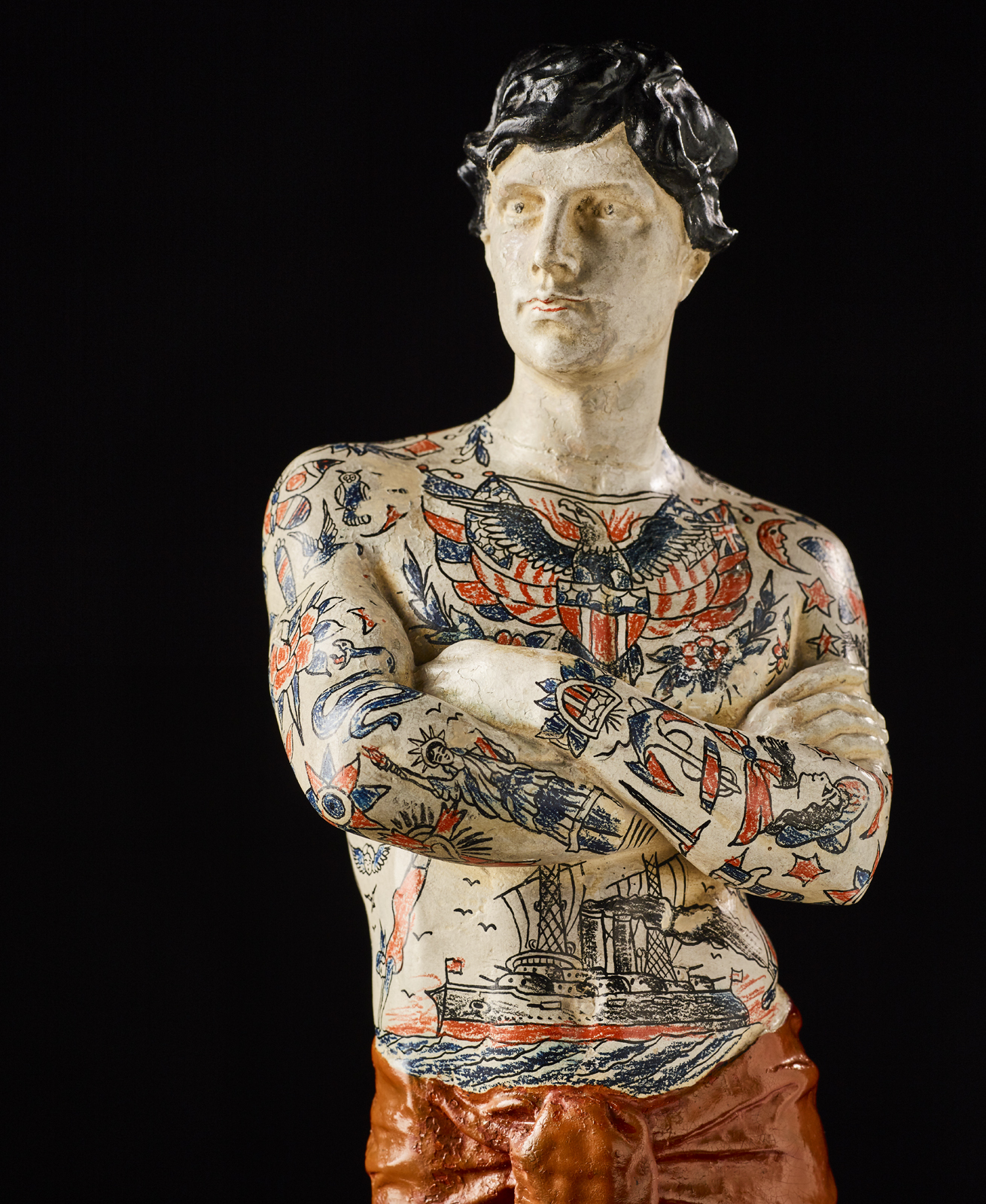
Number 7:
There are not many things more exciting than an artifact with a secret. We happen to have a lot of those in the collection, and I’ve been fortunate enough to photograph quite a few. My favorite, however, is this unassuming trophy.
At a glance, you could easily dismiss this item as a trophy presented for some small, local race and nothing more. It isn’t intricately designed or particularly beautiful. That is precisely what the designers would like you to think, anyway.
Remove the bottom of the trophy, and its hidden secrets reveal themselves. It turns out this “trophy” is a prohibition-era citrus juicer and cocktail shaker. A similar piece from The Museum of the American Cocktail includes a label stating: “…when presented, it is a loving cup. Rearranging the components renders a workable cocktail shaker. This is an elegant example of how otherwise civic-minded citizens were transformed into outlaws by Prohibition.”
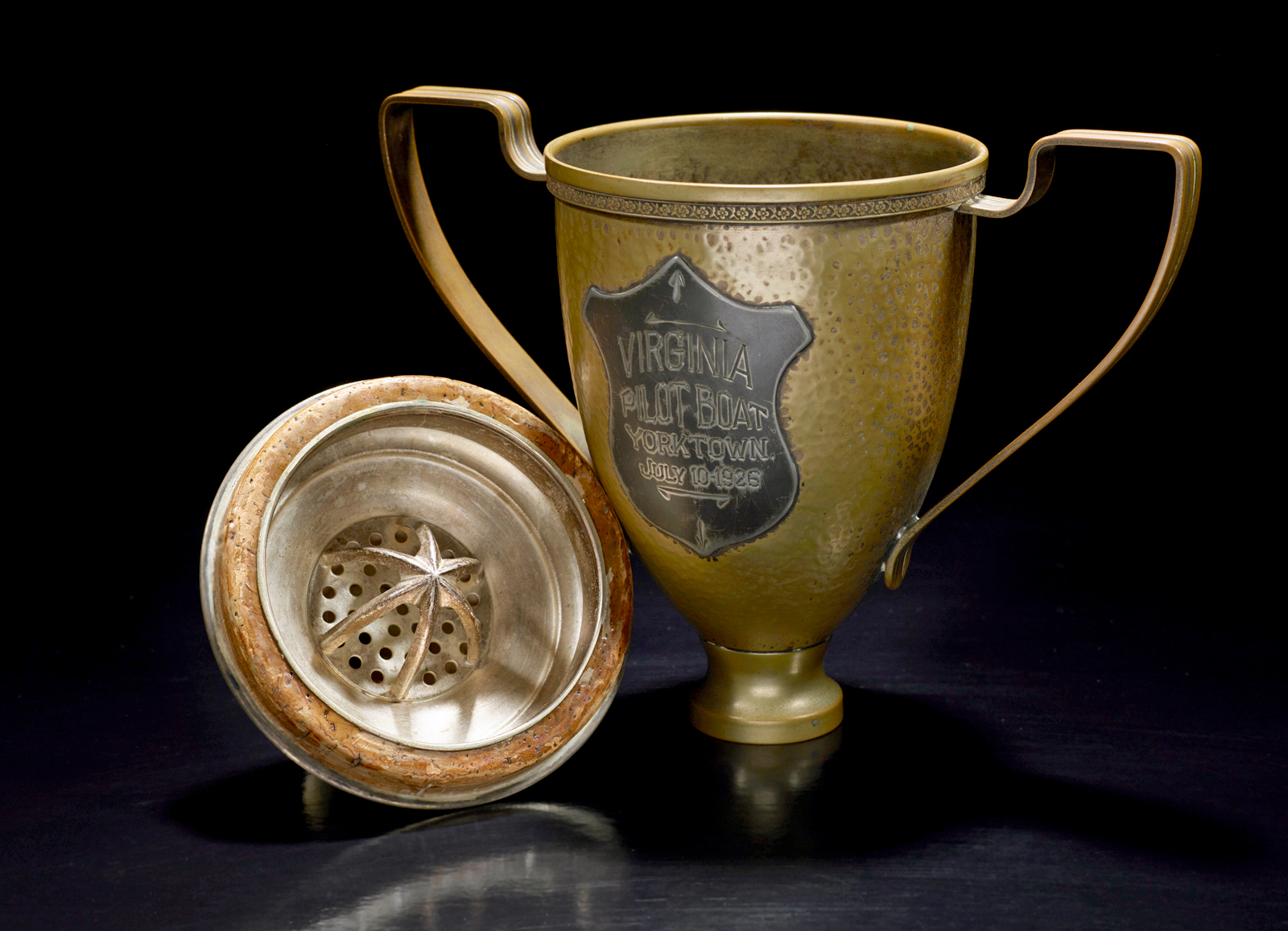
Number 6:
One of the most satisfying things you can do as a photographer is to take a simple object and make it beautiful. This red ship light fits the bill perfectly. Not much is known about this specific lantern. We can roughly date it to the 19th century, but that’s about all.
Colored lamps, in general, are essential navigational tools. Red lanterns, like this one, are attached to the port side of a boat, which would indicate to oncoming vessels that the ship is to their right.
The photograph is sort of the result of luck. I was adjusting a light when it shone through the red glass and lit up so beautifully. It took some experimentation and a little Photoshop, but I was able to get the red glow to show up bright and clear. The pops of color help to make this image more than just a basic lantern.
Number 5:
As you may have already noted, I’m usually pretty reserved with color when I’m photographing artifacts. There are a few reasons. Chiefly, I don’t want a colorful background to skew the colors of the item itself. Sometimes, however, an item calls out for a colorful background.
This model of a Kwantung Junk felt particularly suited to a background other than my normal greys and blacks. The warm wood tones and the tan sails are complimented by the red backdrop making for a harmonious color palette. This is one of my favorite images for its pleasing colors.
Number 4:
I love swords. There’s something so elegant and refined about a sword. It’s one of the reasons I love the fantasy genre of books, movies, and video games. This photo already gets high marks because of what it is. More importantly, however, this photo was a breakthrough in my process.
Until this image, I was photographing swords laying flat. Boring! They always looked so…bleh. I was struggling to find a way to photograph some of my favorite items in a way that made them have some serious punch. With this shoot, I finally found my answer: monofilament. Yeah, fishing line, if you can believe it, is the way to get these beautiful implements to look the way I imagine them. Strung up to a cross beam and resting on its point gives the sword so much more presence and personality. Couple that with the spotlighting, and it’s no wonder this is in my top five.
Number 3:
This one might just be really special to my fellow camera-geeks and me. The Eastman Kodak 35mm Submarine Periscope Still Camera, Mark I was a marvel for its time.
Until this camera’s release, imaging done through periscopes was performed by taking a camera and pressing its lens against the lens of the periscope. The images were, not surprisingly, pretty bad. Kodak created a solution at the urging of Rear-Admiral Lew Parks. The result was a camera system designed to integrate directly into a sub-periscope. Not only did this make for more precise images, but the internal mirrors and viewfinder allowed the operator to use the periscope even when the camera was attached.
I should also mention that it gave me no small amount of joy to photograph a breakthrough in camera design using my 80mp medium format digital back. The latest tech used to shoot what was, at the time, also the latest tech is practically poetry. To me, anyway.
Number 2:
In many ways, the polar opposite of number seven on this list, the Lipton Cup is anything but unassuming (also, it isn’t a cocktail shaker). This ornately decorated trophy was awarded following the 1906 yacht race from New York to Bermuda.
Thomas Fleming Day, the editor of The Rudder magazine, established the competition to prove that amateur sailors in vessels under 80-feet could safely sail on the open ocean. The trophy itself was provided by Sir Thomas Lipton, which is why we refer to it as the Lipton Cup.
The cup came to my studio after returning from extensive conservation work. It was in desperate need of a new glamour shot. This artifact presented its share of challenges such as a shiny, mirror-like silver, a black base, tiny, ornate details, and so many nooks for shadows. It took a lot of experimenting, but the result is an image that shows how far I’ve come as a photographer. Not to mention, it’s a stunning piece!
Number 1:
So we come at last to number one. My favorite photo of an artifact in the past four and a half years. Without further ado, ladies and gentlemen, I give you…
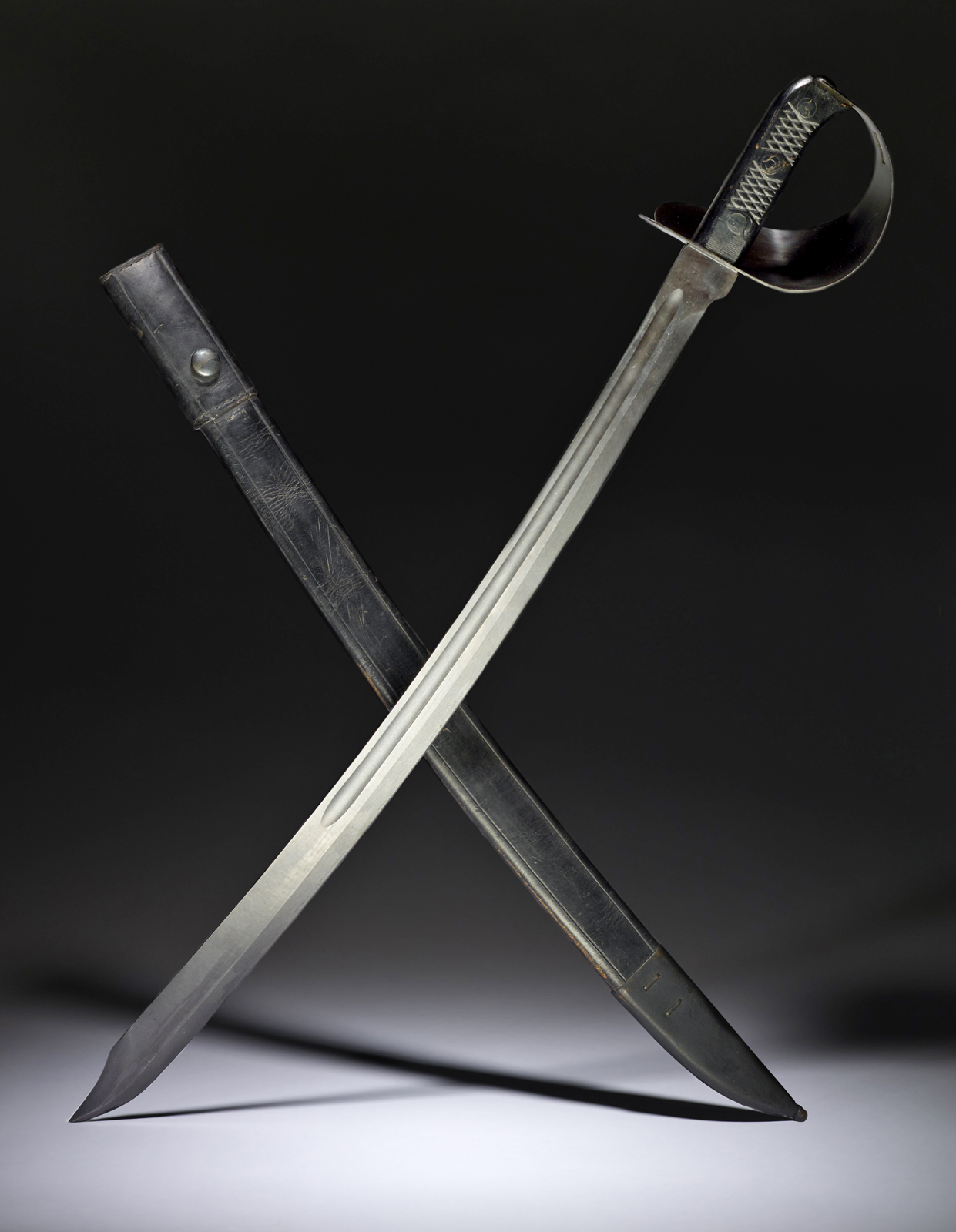
I mentioned I love swords, right? It shouldn’t be any wonder that I would pick a sword photo as my favorite. More than that, though, this photo represents hard work. This photo represents years of study and practice that I’ve poured into my job to produce the best images that I can. This photo was a culmination of trials and errors that came before it. It took monofilament, multiple exposures, and some Photoshop compositing, but in the end, I have an image of which I am incredibly proud. It shows the grace of swords. It is dynamic. Plus, those shadows? Sexy.
I have enjoyed getting to photograph such an array of artifacts in the years I’ve been at the Museum. I love seeing myself progress and improve as a photographer. I’ve cherished those moments of falling down a rabbit hole because I took a photo of something cool, and now I MUST know all there is to know about it. I cannot wait to get back into my studio, and I cannot wait to see what comes next.
